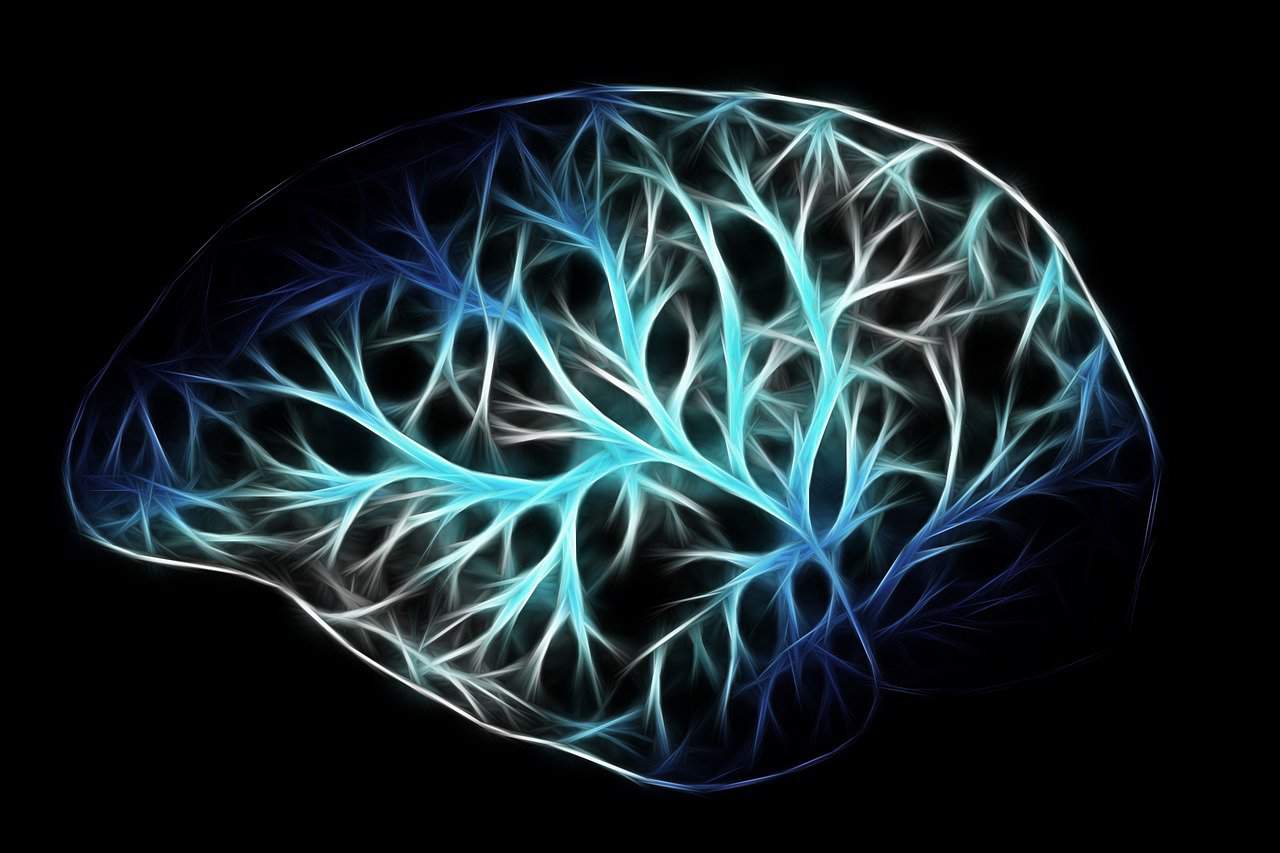By Casey Halpern, MD
Movement disorders, such as Parkinson’s disease and essential tremor, affect millions of people across the United States.
For many these conditions, which typically cause involuntary shaking, can make every-day tasks like picking up a cup of coffee or putting on makeup, extremely challenging.
Fortunately, advances in medical technology have led to innovative treatment options, including deep brain stimulation and MRI-guided focused ultrasound, that can help alleviate troublesome symptoms.
Understanding Parkinson’s
Parkinson’s disease is a chronic and progressive disorder of the nervous system that primarily affects movement. The disease is caused by progressive deterioration of nerve cells, or neurons, in the brain.
When functioning normally, neurons produce a variety of brain chemicals that enable communication between different cells. In Parkinson’s disease, neurons that produce dopamine, which is responsible for coordinating body movement, are slowly lost.
As a result, these cells do not work as well, and people have trouble performing fine motor tasks. Also, people with Parkinson’s can develop involuntary movements, like tremors, or muscle stiffness. The disease can also cause problems with thinking, mood, and sleep.
Age is a primary risk factor for Parkinson’s, with the disease typically beginning in middle or late life. An estimated 1% of people aged 60 and older are affected by Parkinson’s, according to the American Academy of Neurology, and men are at greater risk than women.
Essential Tremor
Essential tremor is an involuntary movement of the upper extremities, and sometimes the head and jaw. Although a common mimicker of Parkinson’s, essential tremor does not usually occur when you’re at rest, but happens when you try to do something, such as picking up a utensil, writing, or tying your shoes.
The exact cause of essential tremor is unknown and most people with the condition are otherwise healthy.
Essential tremor is the most common movement disorder, affecting seven million people in the United States, according to the American Academy of Neurology.
Like with Parkinson’s the risk for essential tremor increases with age, though it can affect anyone, including children. Men and women are affected at similar rates, but some studies suggest men may be at slightly higher risk.
Innovative Treatment Options
Traditional treatment for both Parkinson’s disease and essential tremor typically begins with medication to control symptoms. Medication for Parkinson’s is aimed at replenishing dopamine levels and enhancing its effectiveness on the brain.
For essential tremor, in many cases medications such like beta-blockers and anticonvulsants can help reduce symptoms.
However, for patients who cannot tolerate medication side effects or if medication is not effective, deep brain stimulation or MRI-guided focused ultrasound may be recommended.
With deep brain stimulation, a battery-operated device called a neurostimulator — similar to a heart pacemaker and approximately the size of a stopwatch — is surgically implanted in the chest and attached to electrodes placed in targeted areas in the brain.
Electrical impulses are then sent to the electrodes, stimulating changes in the brain that result in reducing tremors and other symptoms.
Deep brain stimulation is approved by the Food and Drug Administration (FDA) for the treatment of Parkinson’s disease and essential tremor. It has the ability to treat both sides of the brain and therapy can be adjusted over time.
An alternative procedure to deep brain stimulation is MRI-guided focused ultrasound, which is a non-invasive, non-surgical procedure that involves radiofrequency — focused beams of acoustic energy — that heats and destroys a small, targeted area of tissue in the brain without harming adjacent tissues. To ensure patient safety, focused ultrasound uses an MRI thermal imaging system that measures temperature changes in the skull.
MRI-guided focused ultrasound is FDA approved for the treatment of tremors that affect only one side of the body for patients with essential tremor or tremor-predominant Parkinson’s disease.
Some benefits of focused ultrasound for the treatment of tremors may include:
- Minimal anesthesia, no incisions, no burr holes though the skull, and no insertion of electrodes into the brain.
- Non-invasive therapy that results in the almost immediate resolution of symptoms.
- Quicker recovery time, enabling patients to return to daily activities within a day of the procedure.
- Reduced risk of infection and damage to the non-targeted areas of the brain.
If you are experiencing tremor or other concerning symptoms, see your doctor.
If you have been diagnosed with Parkinson’s disease, essential tremor or another movement disorder, talk with your provider about which treatment may be right for you.
As part of Penn Medicine, Princeton Health offers comprehensive care for patients with Parkinson’s disease and other movement disorders, including access to the latest treatment options such as deep brain stimulation and MRI-guided focused ultrasound at Penn Medicine’s Center for Functional and Restorative Neurosurgery.
For more information, please call 1-888-742-7496.
Casey Halpern, MD, is board certified neurological surgery. He is Chief of Stereotactic and Functional Neurosurgery at Penn Medicine.

